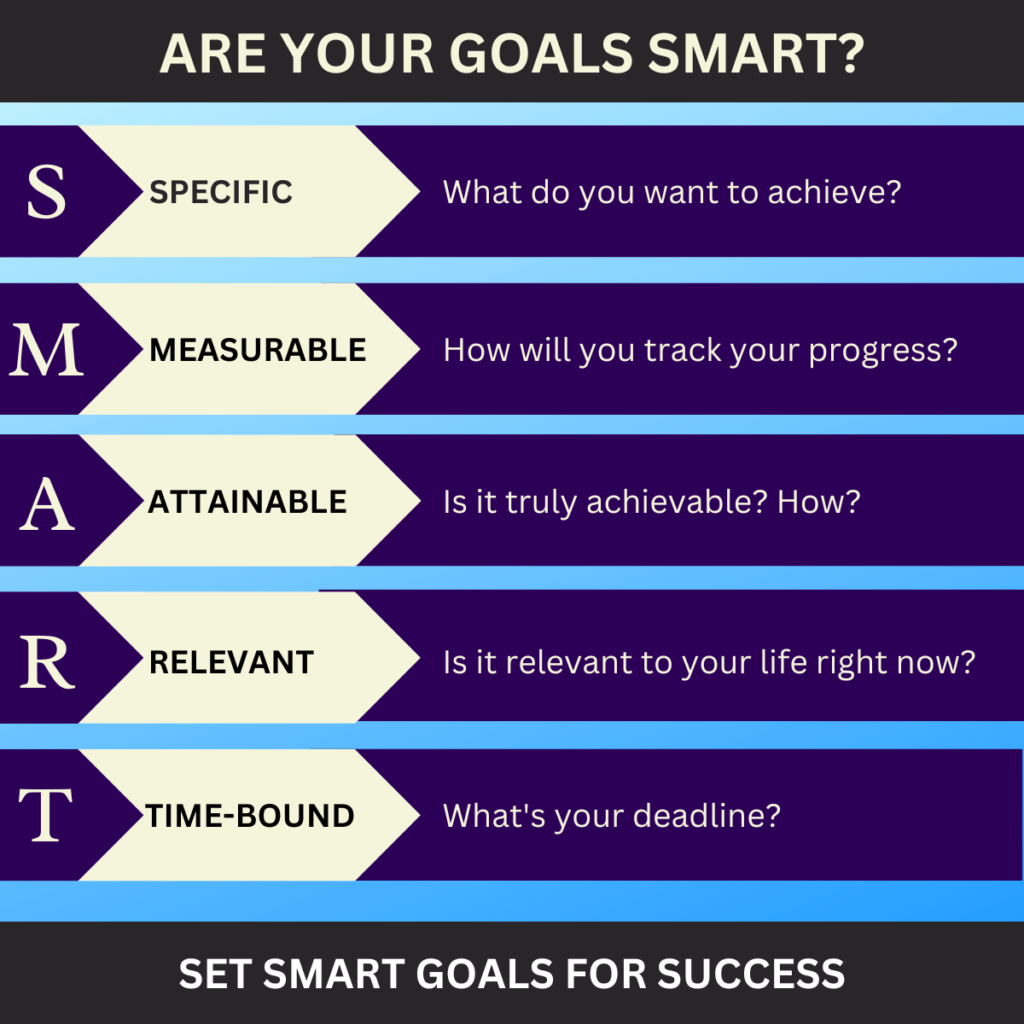
There is a lot of talk about achieving a work-life balance. It appears as a near-impossible task, as we often feel as if we are neglecting one area of our lives due to the demands of another. I like to look at the task of “balance” in life as more of attempting to find a rhythm: There will be times when you need to focus on one area more than another, but you hopefully will be able to shift to give your time and energy to other areas soon. I like to think of it almost like double dutch – you are jumping over both ropes, but with different emphasis on whether you are jumping on one foot or the other or both at the same time. However you do it, there must be a rhythm so that the activity is successful. The key to finding that rhythm is becoming aware of what you are doing with your life: are you working in your life, or on your life?
This world is fast-paced and demanding. At some point, many of us become consumed by the daily grind, constantly working in our lives. This is often an unconscious shift, as we climb the ladder of success, and are swept up in the wave of promotions, paychecks, and achievements, often neglecting the most important aspect of our existence – ourselves. What we don’t realize is this: There is a profound difference between working on your life and working in your life. By shifting our focus from simply existing to actively shaping our lives, we can unlock our true potential and embark on a transformative journey of personal growth.
Working in Your Life: The Daily Grind
In our fast-paced world, it’s easy to get caught up in the daily grind. Working in your life means focusing solely on routine tasks, responsibilities, and obligations. It’s about ticking off to-do lists, completing chores, and meeting deadlines. While necessary for survival, working in your life can leave you feeling stuck in a monotonous cycle, yearning for deeper fulfillment.
Working on Your Life: The Path to Personal Transformation
To break free from the monotony and unlock your true potential, it’s crucial to shift your focus from working in your life to working on your life. This means actively shaping your existence and investing time and energy in personal growth and self-discovery.
Finding a sense of rhythm in your life involves:
- Reflection: Take a step back to reflect on your goals, aspirations, and values. Understand what truly matters to you and what you want to achieve.
- Intentional Action: Move beyond dreaming and take deliberate action toward your personal growth. Set goals, acquire new skills, and make promises to yourself that you keep. Progress may come in small steps, but each one brings you closer to the life that you truly desire.
- Prioritization: Make a conscious effort to allocate your time and energy to the things that truly matter. Strike a balance between your responsibilities and the pursuit of your passions.
- Patience and Compassion: Remember that personal transformation takes time. Be patient with yourself and embrace self-compassion along the journey. Celebrate your progress and learn from setbacks.
By working on your life, you shift your focus from mere survival to creating the life you genuinely desire. It requires intention, effort, and perseverance, but the rewards are immeasurable. So, how do you start? Here are some tangible steps you can take to work on your life:
- Set aside dedicated time for self-reflection and goal setting.
- Invest in personal development through learning and acquiring new skills.
- Nurture relationships that uplift and support you on your journey.
- Embrace new experiences and challenges as opportunities for growth.
- Practice self-care and prioritize activities that bring you joy and fulfillment.
Working on your life is an ongoing process, and it’s never too late to start. Give yourself permission to embrace the incredible possibilities ahead of you. Begin shaping the life you’ve always dreamed of. Finding your rhythm is about aligning your actions with your aspirations and creating a harmonious blend of work, personal growth, and fulfillment. Embrace the transformative power of working on your life and embark on a journey of self-discovery and personal transformation today.




